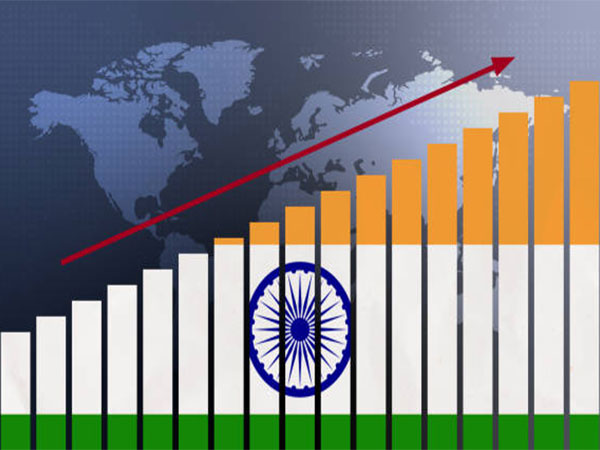India on Course to Become World's Second-Largest Economy by 2038
By 2038, India could potentially emerge as the world's second-largest economy in terms of purchasing power parity, with projections placing its GDP at USD 34.2 trillion. This growth trajectory is supported by favorable demographics, strong savings rates, and strategic reforms, according to an EY report, based on IMF data.

- Country:
- India
India is poised to ascend to the position of the world's second-largest economy by 2038 in terms of purchasing power parity (PPP), with its GDP anticipated to reach USD 34.2 trillion, as projected by EY based on IMF insights. The country stands out due to its median age of 28.8 years by 2025, a high savings rate, and a government debt-to-GDP ratio expected to improve from 81.3% in 2024 to 75.8% by 2030, a contrast to rising debt levels in other major economies.
According to the report, India's economy might hit USD 20.7 trillion in PPP terms by 2030, marking its unique position compared to economies such as the US, China, Germany, and Japan. While China remains dominant with a projected economy of USD 42.2 trillion (PPP) by 2030, challenges like an ageing population and escalating debt persist. The US faces significant debt levels over 120% of GDP, impacting growth. Germany and Japan grapple with ageing populations and dependence on international trade.
India's potential for sustained growth is attributed to its youthful workforce, increasing domestic demand, and a sound fiscal position, projecting a promising long-term economic trajectory. EY Chief Policy Advisor DK Srivastava emphasized India's robust saving, investment rates, and sustainable debt dynamics as key strengths amidst a volatile global market. Technological progress and resilience fortify India's journey toward its Viksit Bharat ambitions by 2047.
The momentum is supported by structural reforms, high saving and investment rates that boost capital formation, and fiscal measures improving economic sustainability. Reforms like GST, IBC, UPI-driven financial inclusion, and production-linked incentives are enhancing industrial competitiveness, EY noted.
Public investments in infrastructure and adoption of technologies such as AI, semiconductors, and renewable energy bolster India's long-term resilience. The nation is projected to rank as the third-largest economy by market exchange rates by 2028, surpassing Germany.
Despite US tariffs potentially impacting 0.9% of India's GDP, the adverse effect on growth could be mitigated to just 0.1 percentage point through strategies like export diversification, reinforced domestic demand, and enhanced trade alliances, EY concluded. (ANI)
(With inputs from agencies.)
ALSO READ
Guangxi: The Sweet Powerhouse of China's Sugar Industry
China's AI Chip Revolution: Huawei's Ambitious Production Plans
WMO at 75: China Launches CMA Training Centre to Drive Global Cooperation
U.S.-China Trade Talks: All Options on the Table
Historic Underwater Collaboration: Russia and China Patrol Together










